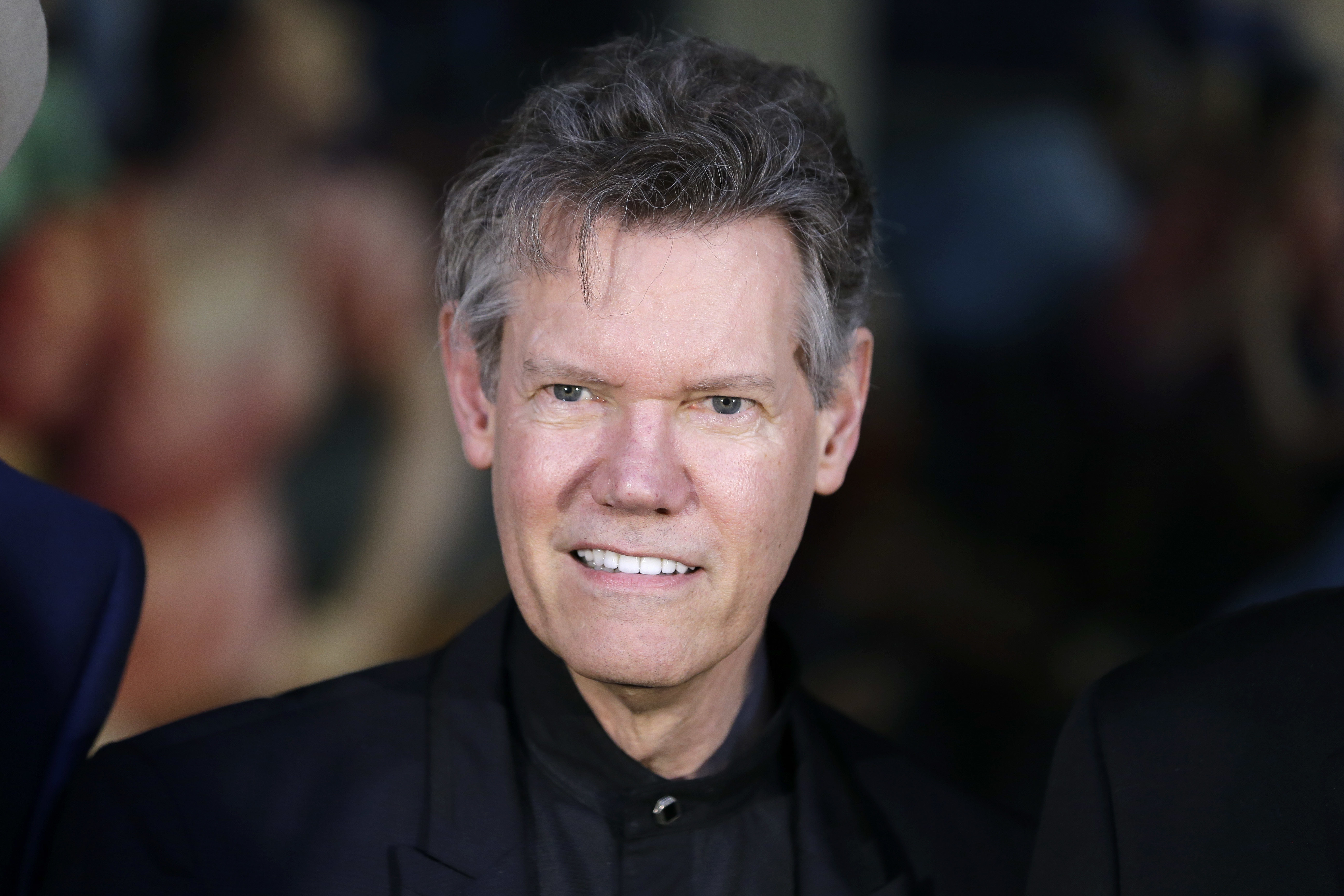It was time to fly the expensive drones.
The Houston Chronicle reports the University of Houston students had spent nearly two weeks maneuvering, and crashing, the cheaper ones that frequently go awry and will not hover in one spot. The GoPro Karma and DJI Phantom 4, however, promised all the bells and whistles.
"The cheap ones are nearly impossible to fly," said Temple Northup, director and associate professor of the Jack J. Valenti School of Communication. "If you can learn to fly that, then you switch over to the nice drones, they seem remarkably easy."
So the students clustered around Northup as he guided the GoPro Karma to the center of the Cougars' football stadium. With a few simple commands, the drone made autonomous circles around the giant midfield logo. He then showed off the DJI Phantom 4, which can track a person and follow him or her around. The students were floored, seeing the potential it could bring to their final projects.
The commercial use of drones is blossoming into a multibillion-dollar industry, with these devices becoming increasingly handy when filming promotional videos, inspecting infrastructure, analyzing crops and enhancing public security.
The Federal Aviation Administration forecasts the commercial drone fleet growing to 442,000 in 2021, up from 42,000 in 2016. PwC likewise values the global market for business services using drones at $127 billion.
The Association for Unmanned Vehicle Systems International, an industry group, expects to see more than 100,000 jobs and more than $82 billion in economic impact across the U.S. by 2025, once regulations help integrate drones more fully into the national airspace.
Tech News
"Drones are already starting to reshape the landscape for all manners of industries," said Brian Wynne, the group's president and CEO. "As we have rules that allow us to do more complex operations, there are going to be even more industries that get impacted in a positive way."
As all of this unfolds, Northup wants to ensure his students can benefit from such opportunities. He created a three-week class focused on using drones for visual storytelling. The university, using grant money and donors, purchased six drones that 10 students take turns operating.
"We need to be teaching students those skills that are emerging," he said. "So we need to be on top of emerging technologies and understand how they're being used."
Flying drones commercially requires a remote-pilot certificate, and Northup is preparing students to take that test. His lessons include the FAA rules for flying drones, such as staying below 400 feet and always being able to see the drone, reading aviation weather reports and understanding privacy rules.
Student Jose Luis Del Aguila, 25, wasn't expecting so much regulation.
"Flying an unmanned aircraft has a lot of rules," he said.
But knowing those rules could help students become more marketable, added Trey Strange, 21, who is studying print journalism.
"This was a really cool way to take a very new form of media and put it in my skillset," he said.
Many students in the class study journalism, public relations or media production. Northup plans to hold workshops later this summer for the public, but he's not sure when UH will offer the class again. He said future classes, however, could also be relevant to other industries.
Houston-based Trumbull Unmanned, for instance, uses drones to collect and analyze data for the energy sector. Its tasks include mapping and monitoring critical infrastructure.
"I'm really excited that UH is teaching students to fly drones," Trumbull Unmanned president Dyan Gibbens said. "To me, this is about workforce development and job creation."
Her company is a proponent of STEM — science, technology, engineering and math — activities among students. Citing the World Economic Forum's statistic that 65 percent of children entering primary school will work in jobs that don't yet exist, Gibbens said STEM prepares students to use technology to solve the world's problems.
Companies like Trumbull Unmanned are finding the most success with drones, said Jason Pedersen, owner and operator of Space City Drones. He believes using drones for analytical data is a much more effective business model than just taking pictures.
His Utah-based company, formerly in Houston, sells a variety of drones to hobbyists and commercial operators. Pedersen said the largest uptick in customers are those who would like to one day use drones in their full-time jobs.
"These are people that have the desire to do professional work, but they're starting off as a hobbyist just to see how difficult it is to fly a drone and what it takes to maintain one," Pedersen said.
UH student Michelle Magallon, 20, has appreciated the hands-on approach Northup took with his class. Magallon believes licenses and degrees provide a leg up, and being certified to fly a commercial drone could help if a film or television show she's working on needs that aerial perspective.
"It opens a lot more doors for me in the future," she said.



